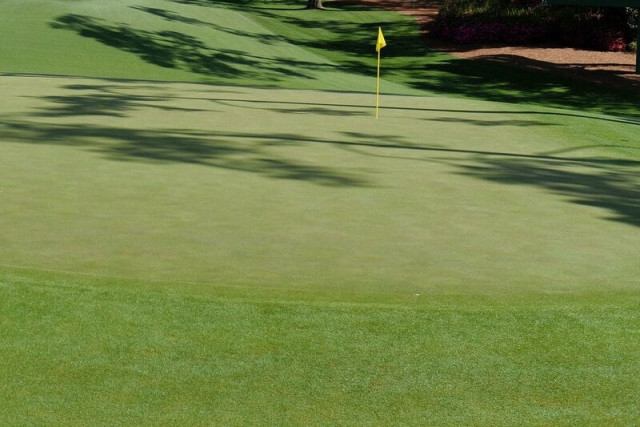Golf Course Fight: Slow Play Causes Altercation – A Growing Problem on the Greens
Golf, a game often associated with tranquility and sportsmanship, is increasingly becoming a battleground, not for birdies and pars, but for frustrating rounds marred by slow play and the resulting altercations. Recent incidents, including a viral video showing a heated confrontation on a Florida golf course, highlight a growing problem threatening the enjoyment of the game for everyone. This article explores the root causes of these increasingly common conflicts and offers potential solutions.
The Boiling Point: Slow Play and its Consequences
Slow play isn't just an annoyance; it's a major disruptor to the flow of a golf round. For players eager to complete their 18 holes in a reasonable timeframe, encountering a slow-playing group ahead can be infuriating. This frustration often builds, leading to simmering resentment that can quickly boil over into confrontation. The consequences can range from heated arguments and verbal abuse to, in extreme cases, physical altercations.
Why is Slow Play So Prevalent?
Several factors contribute to the prevalence of slow play:
- Lack of Course Etiquette Knowledge: Many golfers are unaware of proper golf etiquette, including pace-of-play rules and strategies to maintain a good pace.
- Inexperience: Beginners often take longer to complete their shots, leading to delays for other players.
- Lack of Preparedness: Players who aren't ready when it's their turn to hit significantly impede the flow of play.
- Overly-Complex Games: Adding side bets and complex scoring systems can unnecessarily prolong play.
- Lack of Enforcement: While many courses have pace-of-play policies, enforcement can be inconsistent.
The Viral Video and its Impact
The recent viral video depicting a golf course fight underscores the seriousness of this issue. The footage, which quickly spread across social media, highlighted the intense emotions involved and prompted a widespread discussion on golf course etiquette and the need for better management of slow play. This incident served as a stark reminder of the potential consequences when frustrations reach a boiling point.
Finding Solutions: Mitigating Slow Play and Preventing Conflicts
Addressing slow play requires a multi-pronged approach involving players, course management, and governing bodies:
- Education and Awareness: Golf courses should actively promote education on proper golf etiquette, including pace-of-play guidelines, through signage, online resources, and pre-round briefings.
- Improved Course Management: Implementing strategies like tee time spacing, marshaling, and clearly communicating pace-of-play expectations can significantly improve the flow of play.
- Player Responsibility: Golfers need to take personal responsibility for managing their pace of play. This includes being prepared before each shot, understanding the rules of the game, and respecting the rights of other players.
- Technology's Role: Apps and devices that track pace of play and offer reminders can help players stay on schedule.
Beyond the Fight: Promoting a Positive Golfing Experience
Ultimately, preventing golf course fights stemming from slow play requires a collective effort. By emphasizing proper etiquette, promoting education, and implementing effective course management strategies, we can foster a more enjoyable and respectful environment on the golf course for everyone. Let's work together to ensure golf remains a game of skill, sportsmanship, and fun, not conflict.
Call to Action: Share your thoughts and experiences with slow play in the comments below. What strategies do you think are most effective in addressing this issue? Let's start a conversation about improving the golfing experience for all.
